Lions are fascinating creatures not only for their majestic appearance but also for their complex social structures. Unlike other big cats, lions are social animals that live in groups called prides. A pride’s hierarchy is essential for maintaining order, ensuring survival, and enhancing cooperation. Let’s delve into the intricacies of how lions maintain hierarchies within a pride.
What is a Lion Pride?
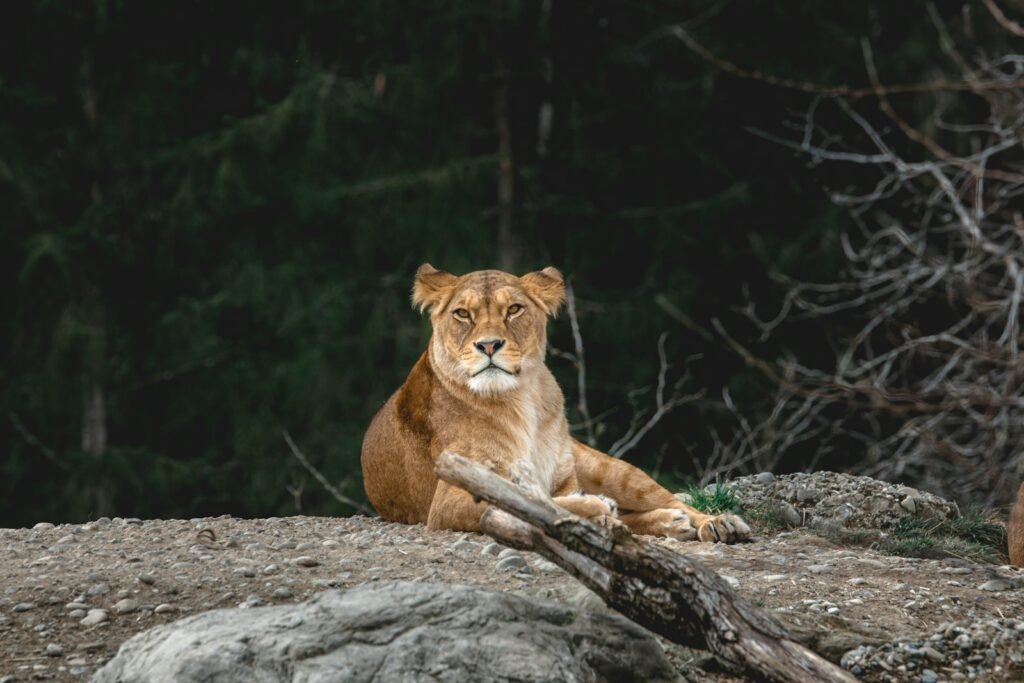
A lion pride is a social unit comprising mostly related female lions, their offspring, and a small number of adult males. The average pride size ranges from 10 to 15 lions, but this can vary greatly depending on the availability of resources and environmental conditions.
The Role of Female Lions
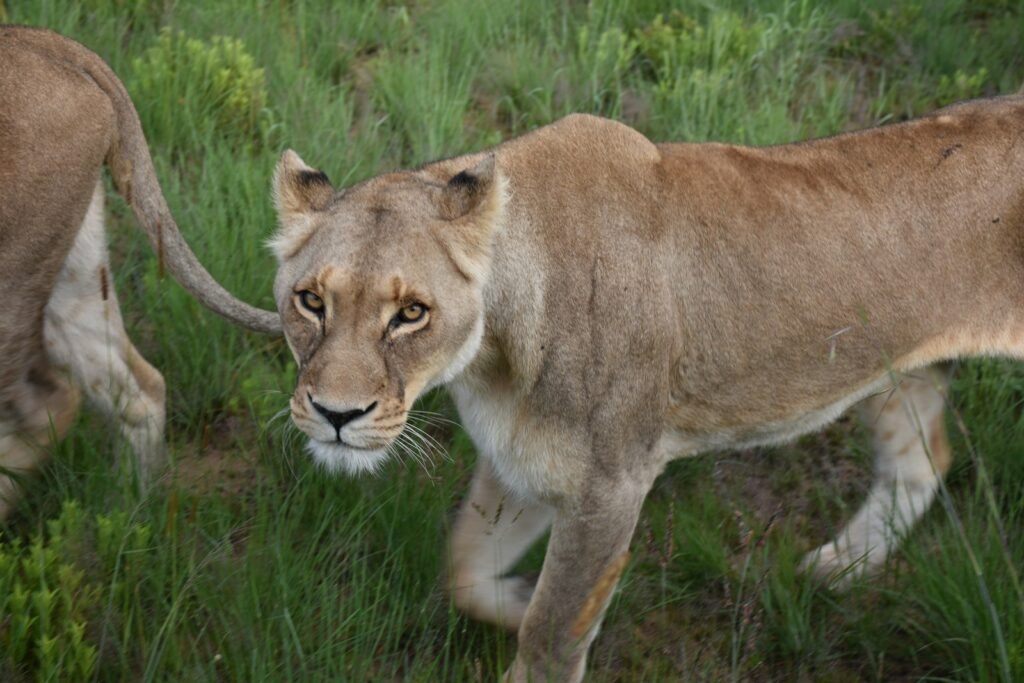
Female lions, also known as lionesses, are the backbone of the pride. They are responsible for hunting and raising cubs, and they often remain in the same pride for life. Their social bonds, usually kin-based, form the core of the pride’s stability and hierarchy.
Male Dominance and Leadership
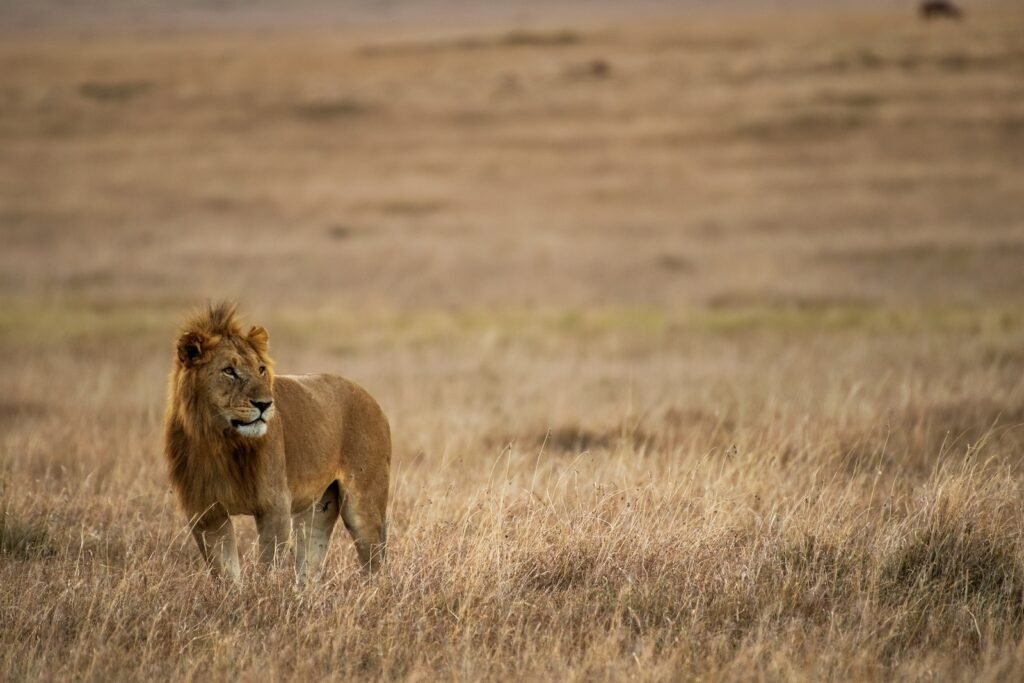
The male lions play a crucial role in protecting the pride’s territory. Typically, one to three dominant males will lead a pride. These males may also come to power by forming coalitions with other males, which strengthens their influence and ability to maintain control over the pride.
Coalitions Among Males

Male lion coalitions are fascinating alliances. Unlike solo males, coalitions are formed between brothers or unrelated males who work together to dominate a pride. These alliances increase their strength in numbers, providing a better chance of maintaining dominance and securing mating opportunities.
Territorial Behavior and Protection
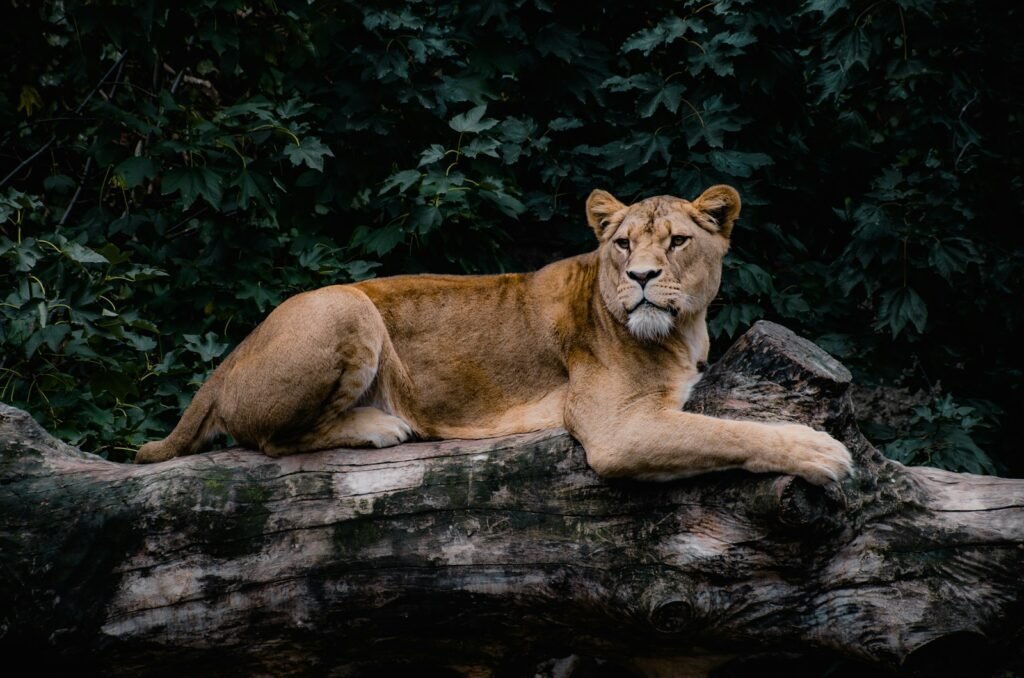
Lions are territorial animals, and the dominant males are mainly responsible for defending the pride’s territory from rival males. Territorial behavior includes marking boundaries with scent, roaring to communicate presence, and engaging in physical battles if necessary.
Hierarchy Among Lionesses
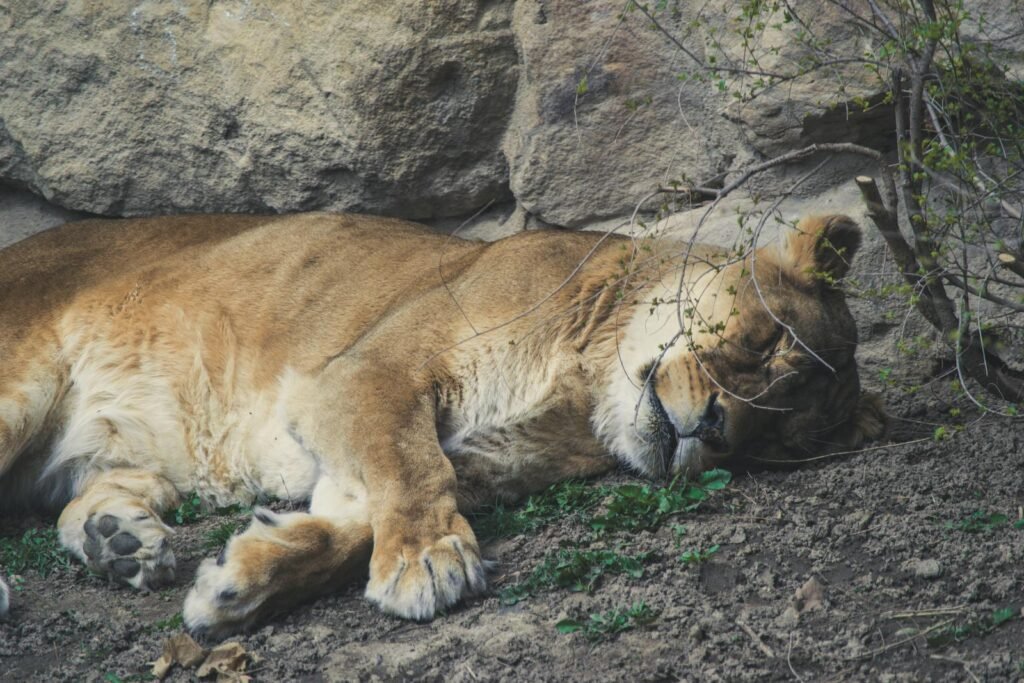
Even among the female lions, a hierarchy exists. This hierarchy often depends on age, experience, and kinship. Older, more experienced lionesses typically hold higher ranks within the pride, playing critical roles in decision-making and conflict resolution.
The Impact of Intragroup Conflict
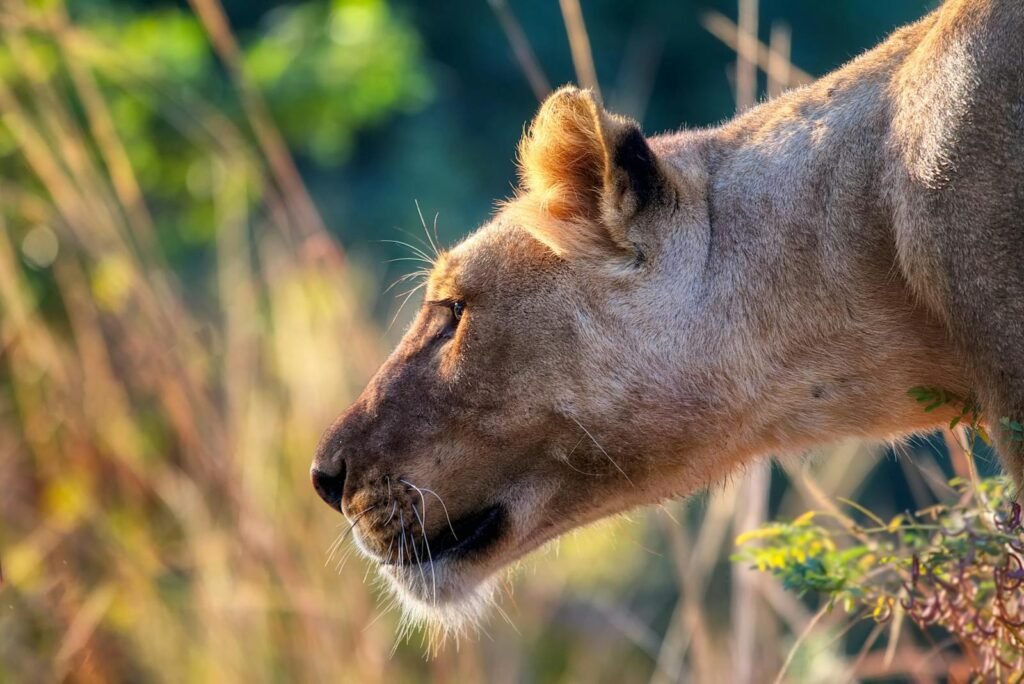
Conflicts within a pride can arise over resources or hierarchy challenges. While these conflicts are generally less severe than those between rival prides, they can still impact pride dynamics. Resolution mechanisms, such as appeasement behaviors and coalitionary support, help restore harmony.
Cubs and the Role of Play

Lion cubs are integral to the pride’s social structure. Through play, cubs learn valuable skills necessary for hunting and social interactions. These activities are crucial for understanding the pride’s hierarchy and establishing future roles within it.
The Balance of Cooperation and Competition
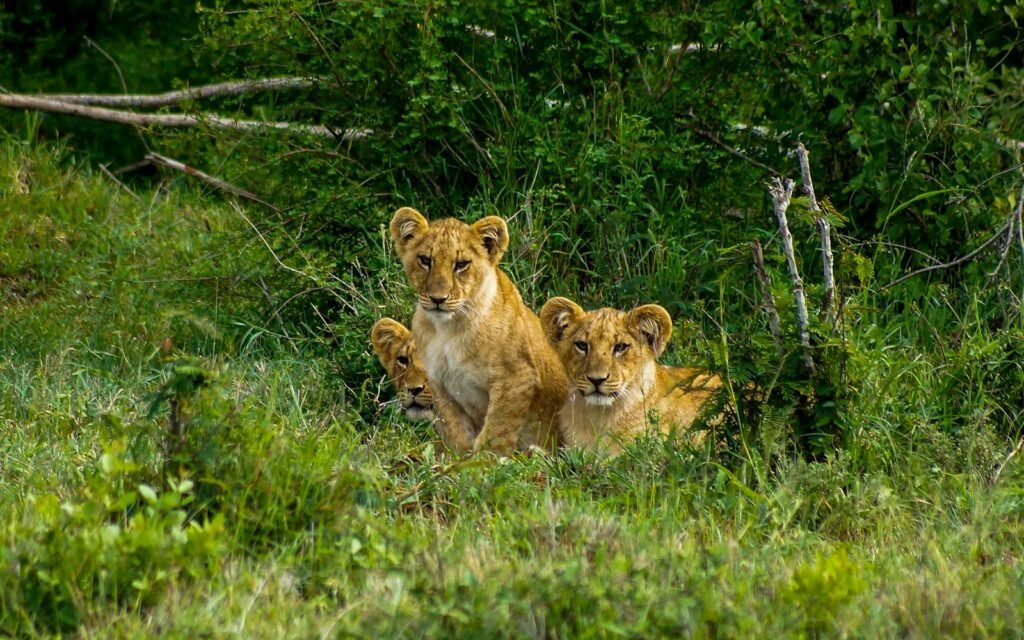
While competition exists, especially among males vying for dominance, cooperation is vital for the pride’s success. From cooperative hunting strategies to communal care of the young, lions effectively balance internal competition and external cooperation to survive.
The Influence of Environmental Factors
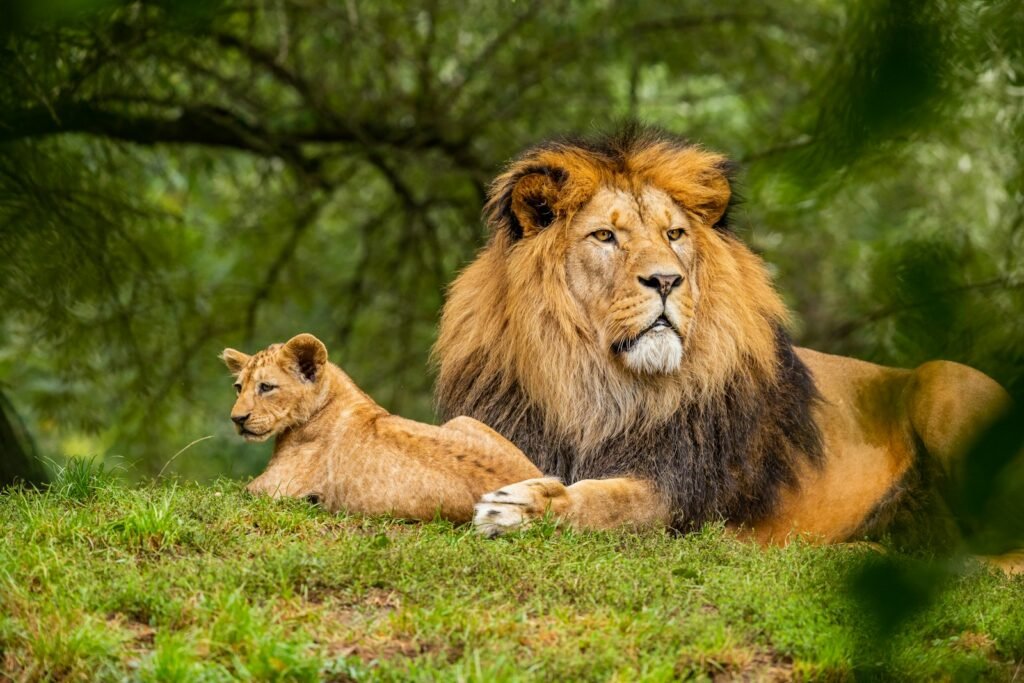
Environmental factors significantly influence a pride’s hierarchy. Resource availability, habitat condition, and human encroachment can impact pride size and stability, ultimately affecting social structures and dynamics. Adapting to these changes is critical for the pride’s survival.
The Future of Lion Social Structures
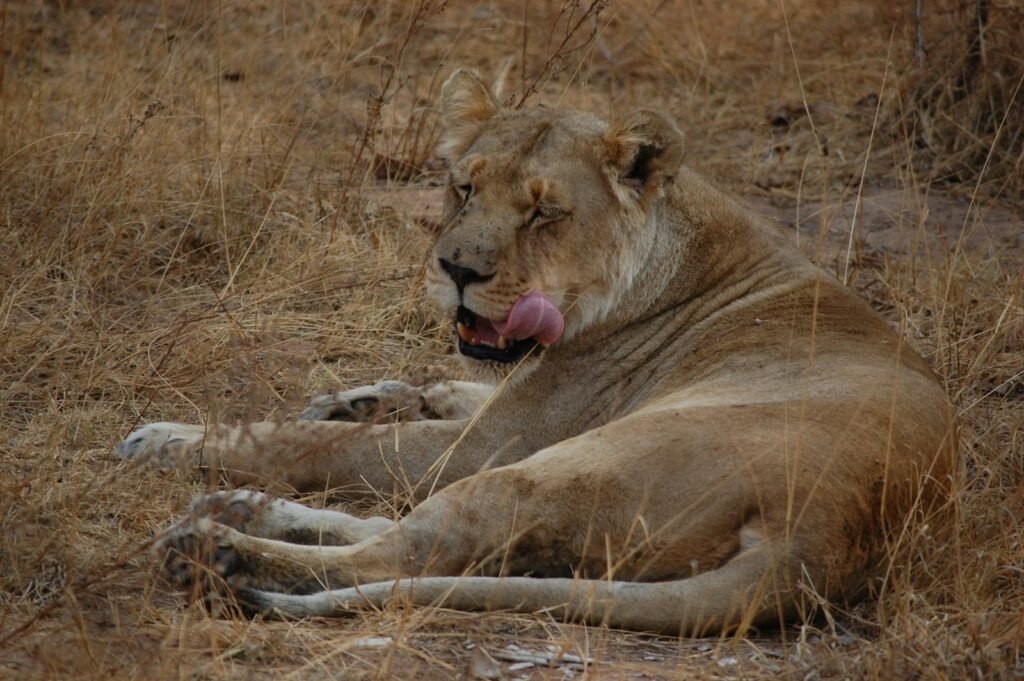
Understanding the hierarchy and social dynamics of lion prides offers insights into their conservation needs. As threats from habitat loss and human conflict increase, preserving these intricate social behaviors is crucial for lion conservation strategies. Ensuring diverse habitats and minimizing human conflict will help sustain healthy populations of these magnificent animals.
Hi, I’m Bola, a passionate writer and creative strategist with a knack for crafting compelling content that educates, inspires, and connects. Over the years, I’ve honed my skills across various writing fields, including content creation, copywriting, online course development, and video scriptwriting.
When I’m not at my desk, you’ll find me exploring new ideas, reading books, or brainstorming creative ways to solve challenges. I believe that words have the power to transform, and I’m here to help you leverage that power for success.
Thanks for stopping by, Keep coming to this website to checkout new articles form me. You’d always love it!






